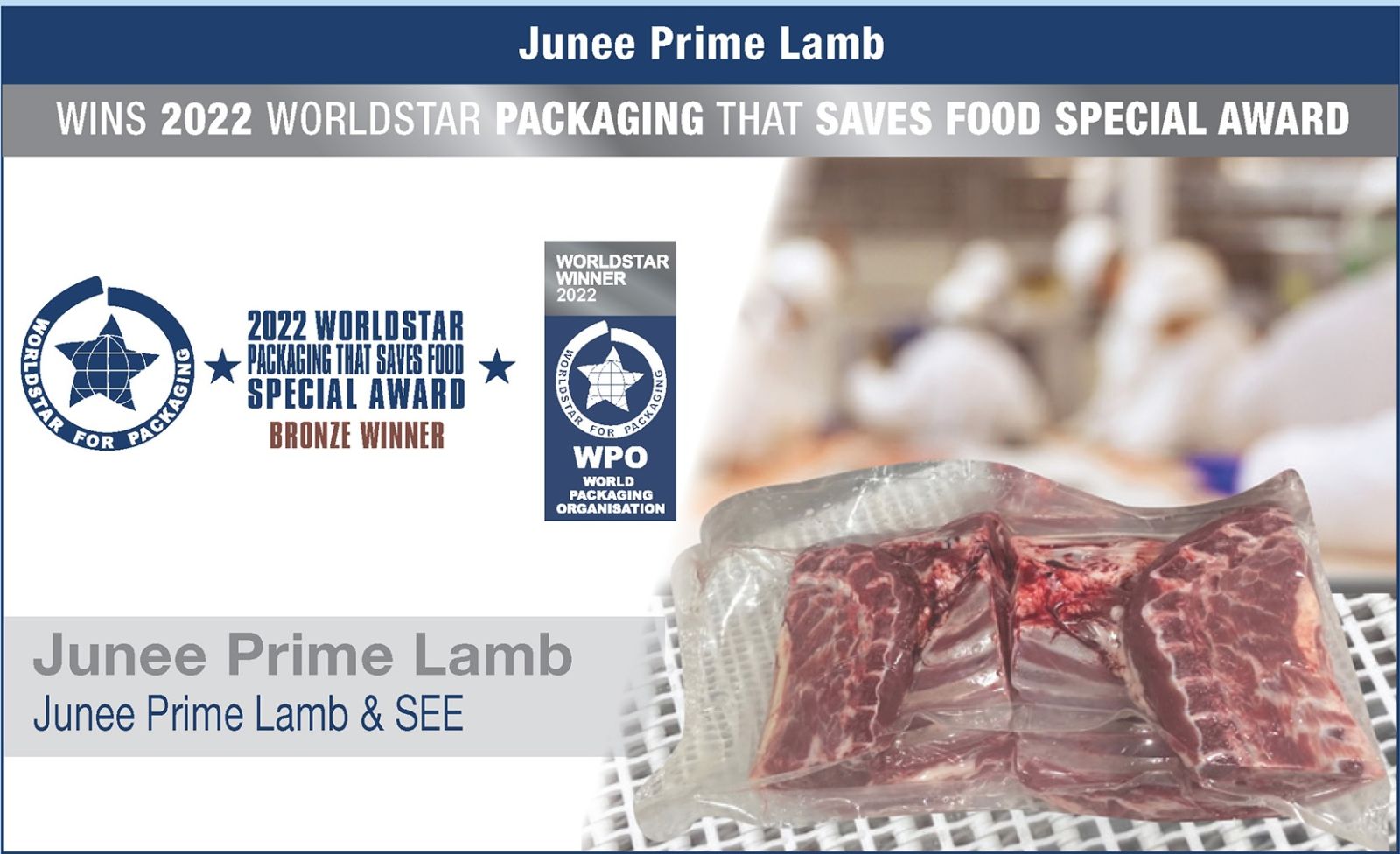Save Food Packaging – Introduction
Globally one third of all food is either wasted or lost. Reducing food waste could solve global food needs for the decades to come. A growing world population needs sufficient food. Over 840 million people are starving today. To feed them adequately, food production under the existing conditions needs to increase significantly. This would require more arable land, more water consumption, more animal feed and more fertilizers and have significant adverse effects on the environment.
Curbing and minimizing food loss and waste can considerably limit the scope of additional resource requirements because a quarter of the food that is currently lost and wasted would already be sufficient to feed the starving world population. About 1.3 billion tons of food is actually thrown away each year, either because it spoils due to incorrect storage or inappropriate transport methods or because it no longer meets the standards of the trade and consumers. Furthermore, a lot of food is not eaten by consumers because, for example, the quantities purchased by them are too large. Studies have shown that in less developed countries food tends to be lost at pre-harvest, harvest and initial handling phase. With increasing development food waste tends to move up the distribution chain to retail and consumption level. Here food is more likely thrown away when still edible.
Using existing capacities is in every respect a more expedient alternative here. This benefits the environment too: the carbon footprint of food lost worldwide each year is the equivalent of about 3.3 gigatons of CO2. Compared with the emissions of individual countries, only the carbon footprint caused each year by the USA respectively China is higher.
FAO (Food and Agriculture Organization of the United Nations) presented two fundamental studies on the scale and reasons for food loss in different regions of the world in 2011. These studies highlighted the role of packaging in preventing such loss in order to gain further understanding on how to secure a global resource-conserving food supply. An essential element is the use of expertise from the packaging and process industry. Efficient logistics are the key to minimizing food loss effectively on route to trade and consumers. This includes state-of-the-art processing methods as well as intelligent packaging systems which ensure comprehensive protection.
Possible packaging solutions:
- Appropriate packaging
- Appropriate materials
- Modern packaging such as active and intelligent packaging
- Portion sized packaging
- Re-closable packaging
- Convenient packaging
- Hygienic processing and packaging
The SafeFood Committee is lead by Nerida Kelton, from Australia, Vice President for Sustainability and Packaging that Saves Food.
For more information contact [email protected] or [email protected]
Case Studies
.png) Modified Atmosphere Technology
Modified Atmosphere Technology
 ThermoShield Temperature Monitoring System – Food
ThermoShield Temperature Monitoring System – Food
 IceCoat - Mini fridge without electricity - Germany
IceCoat - Mini fridge without electricity - Germany
.png) Cryovac ® Darfresh on Tray vacuum skin technology - Australia
Cryovac ® Darfresh on Tray vacuum skin technology - Australia
WPO World Star “Save Food Packaging” Special Award
In cooperation with Save Food Initiative and Interpack, WPO organizes a World Star “Save Food Packaging” Special Award to highlight the role of packaging in preventing food losses and food waste. We call for smart and sustainable packaging concepts to improve the supply of food to a growing global population.


.png)


 Junee Prime Lamb - Australia
Junee Prime Lamb - Australia